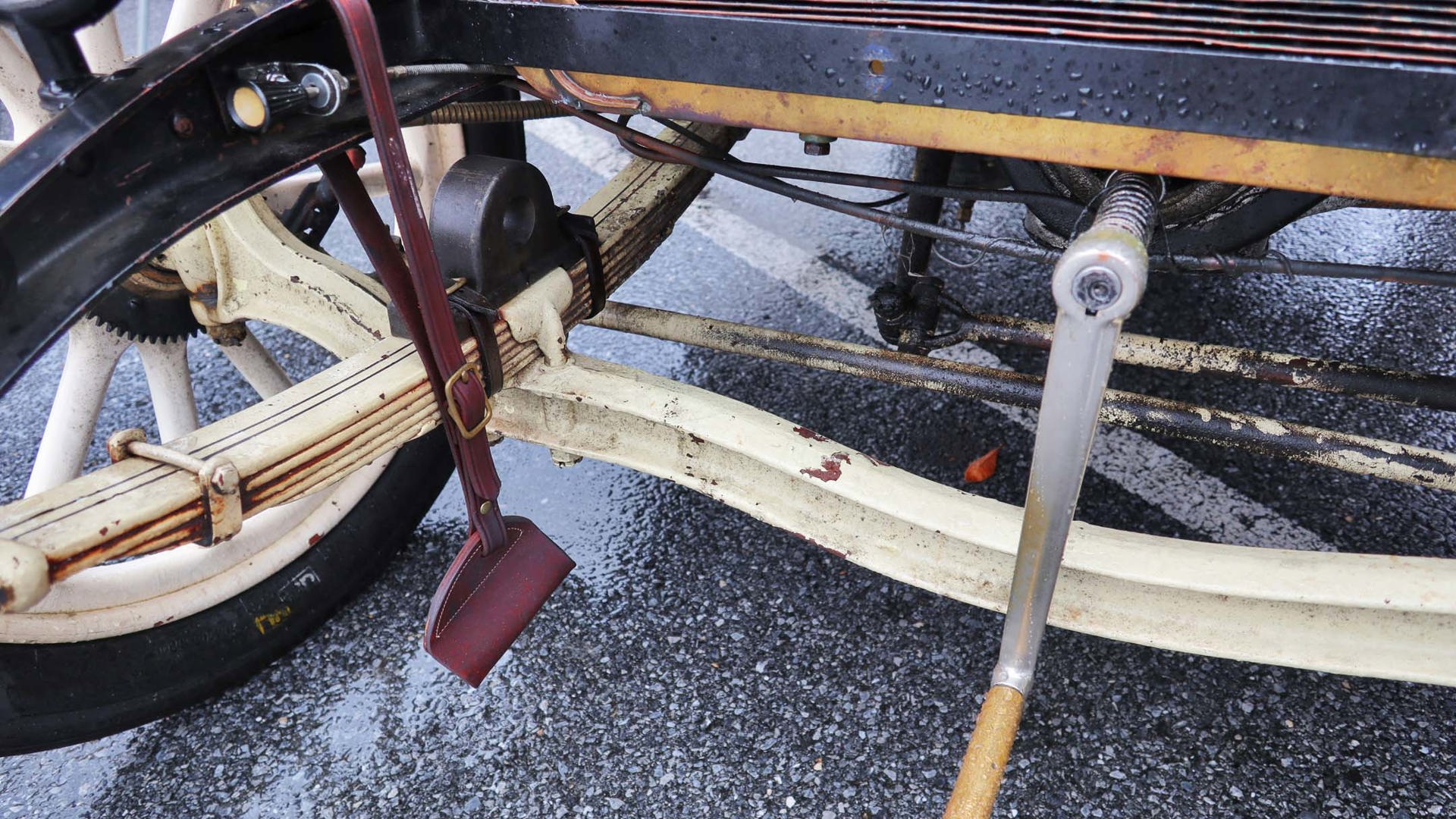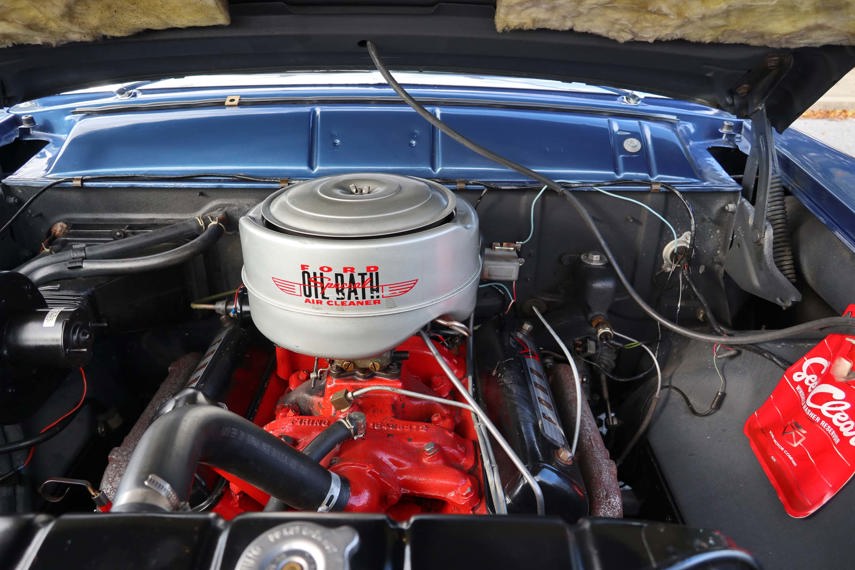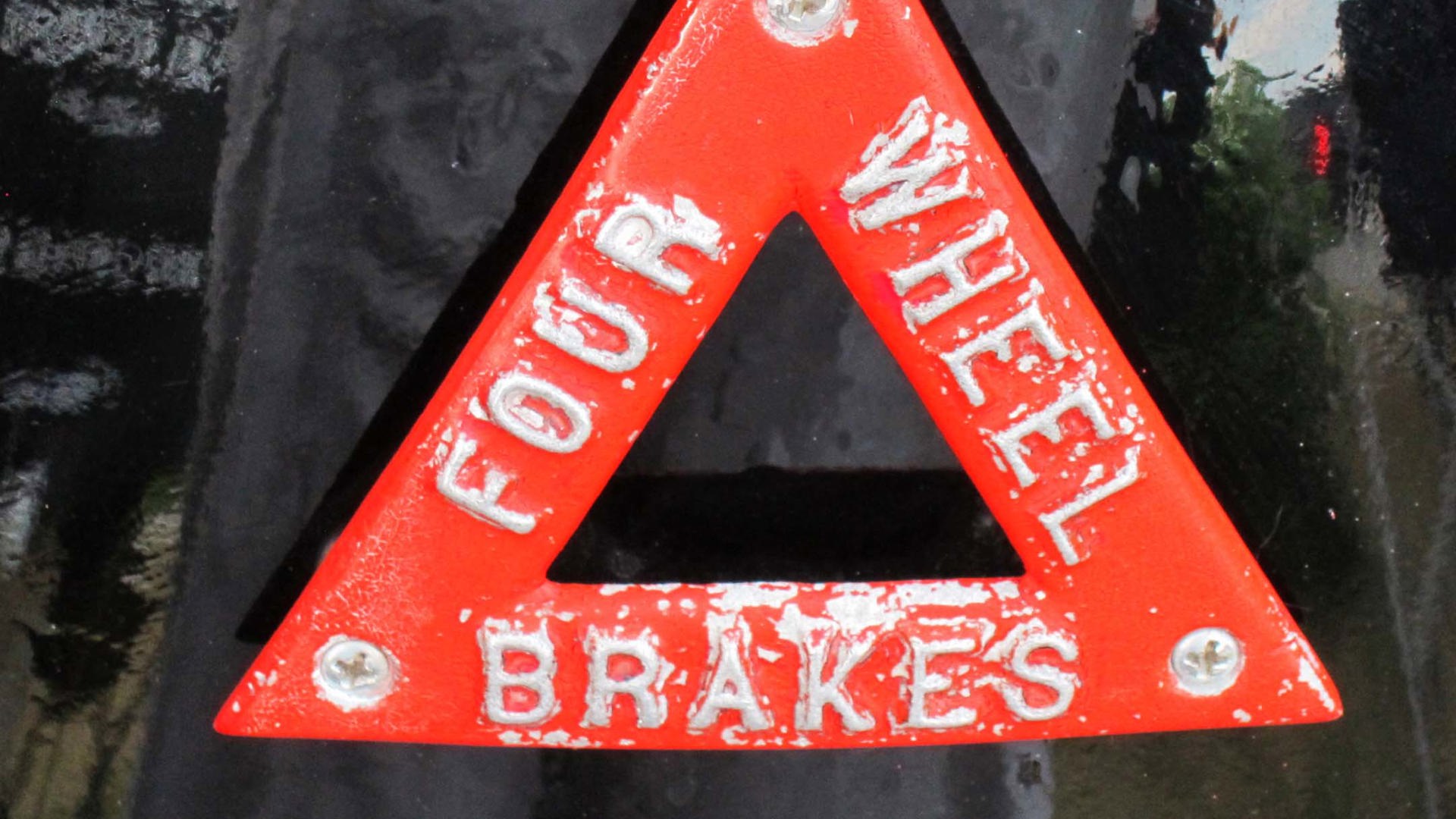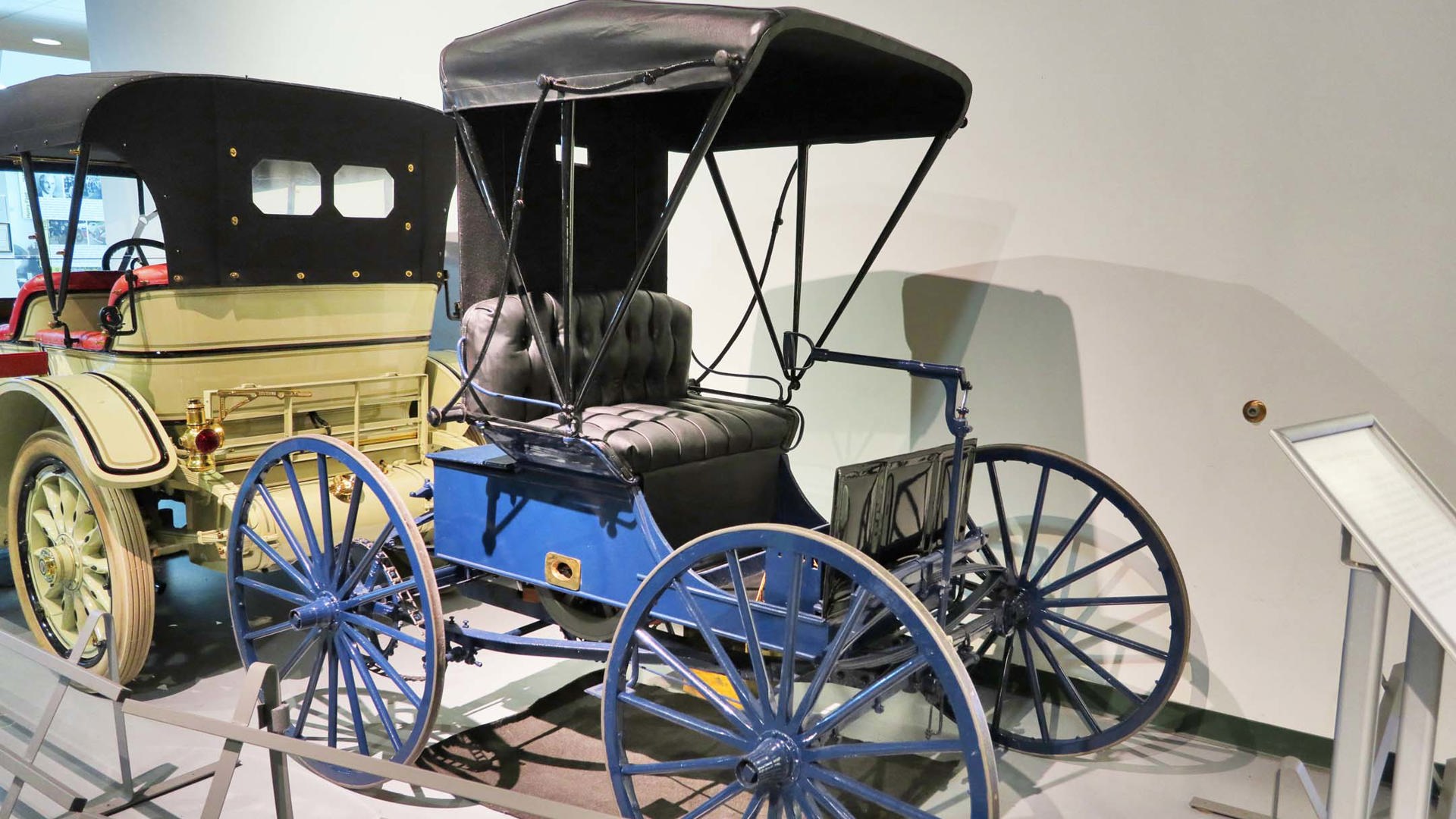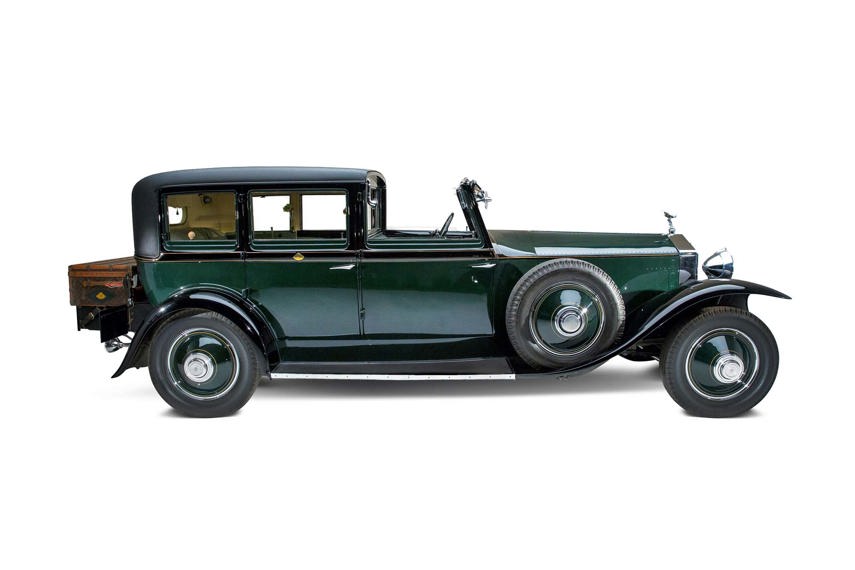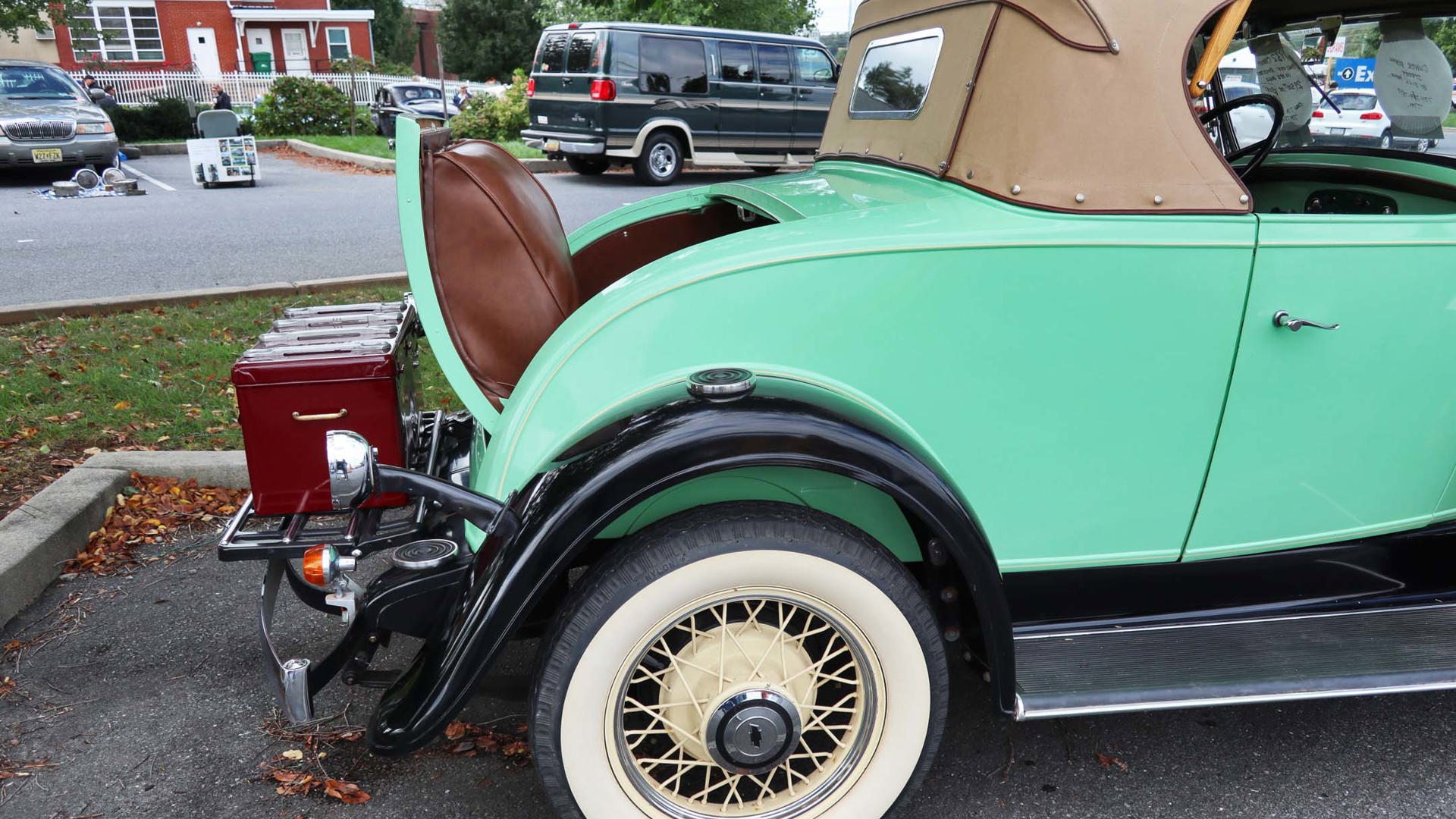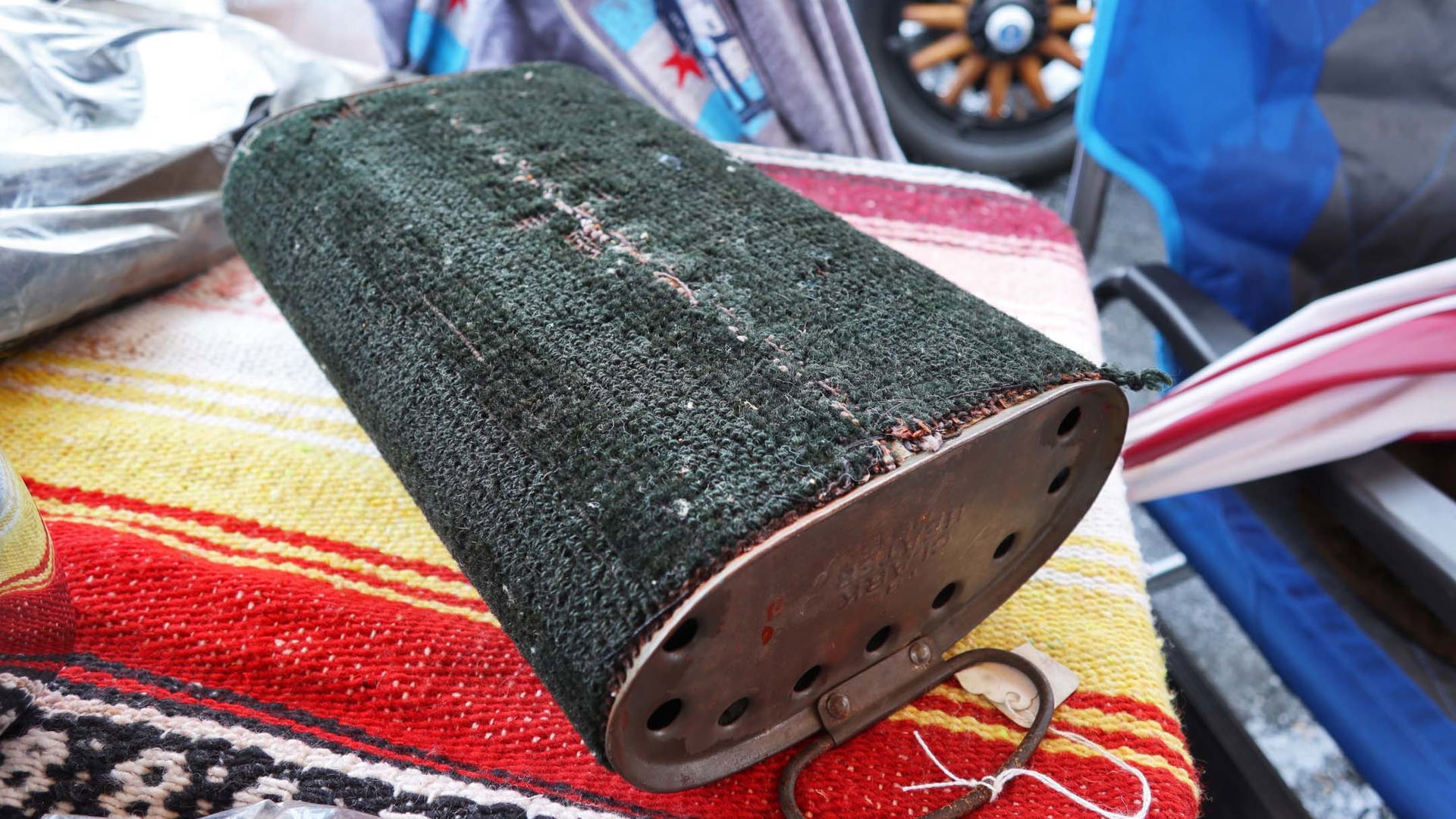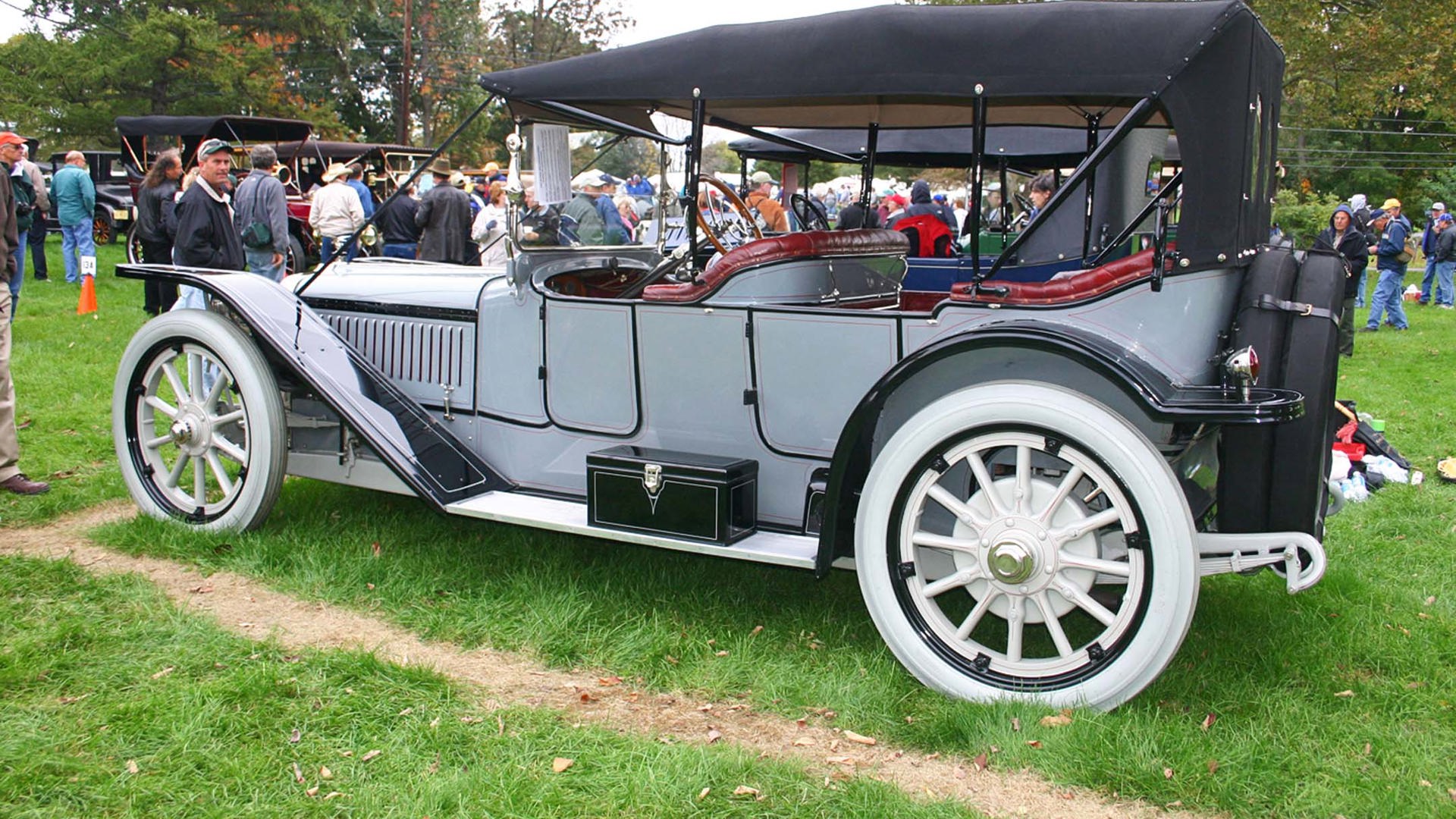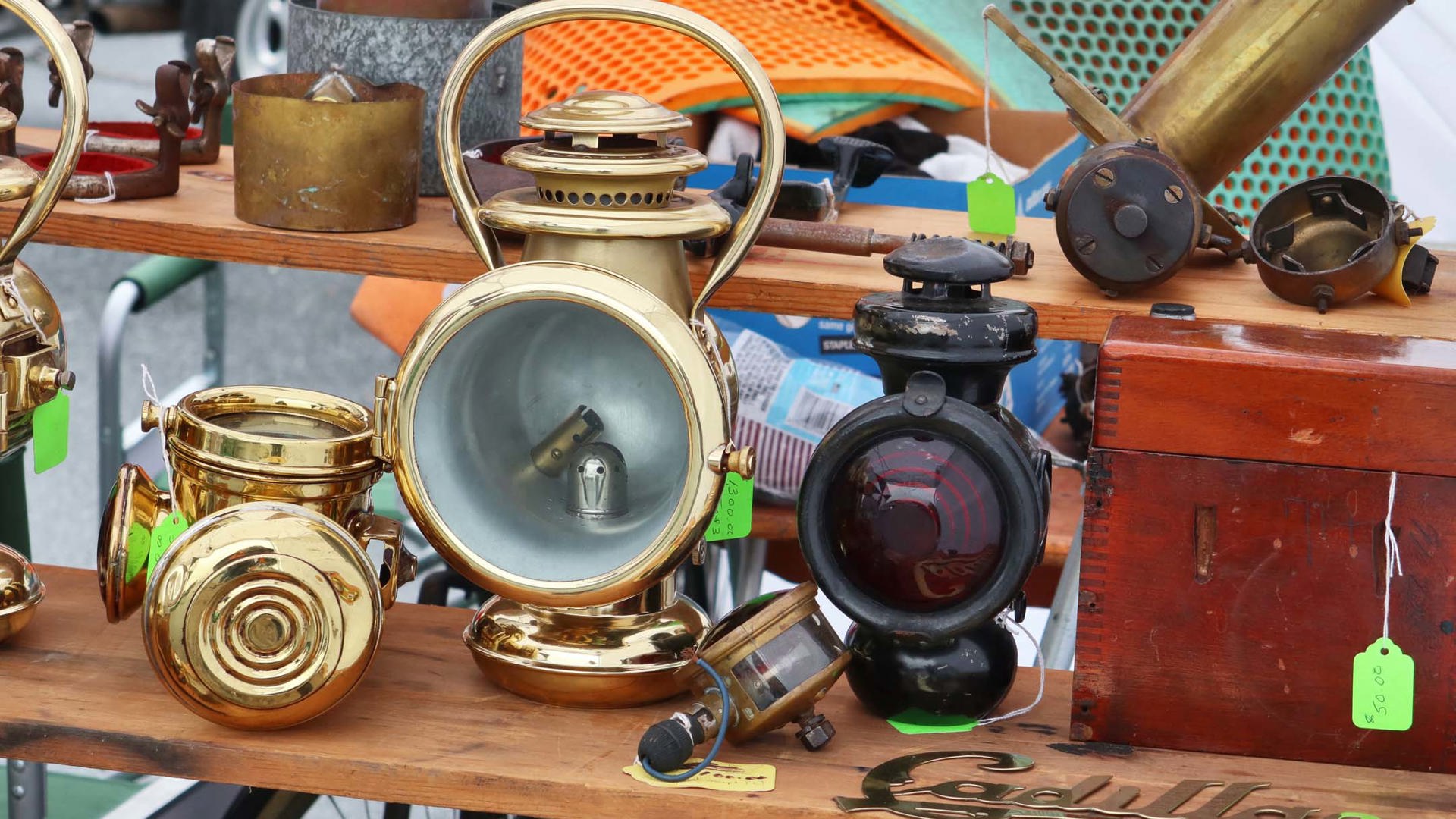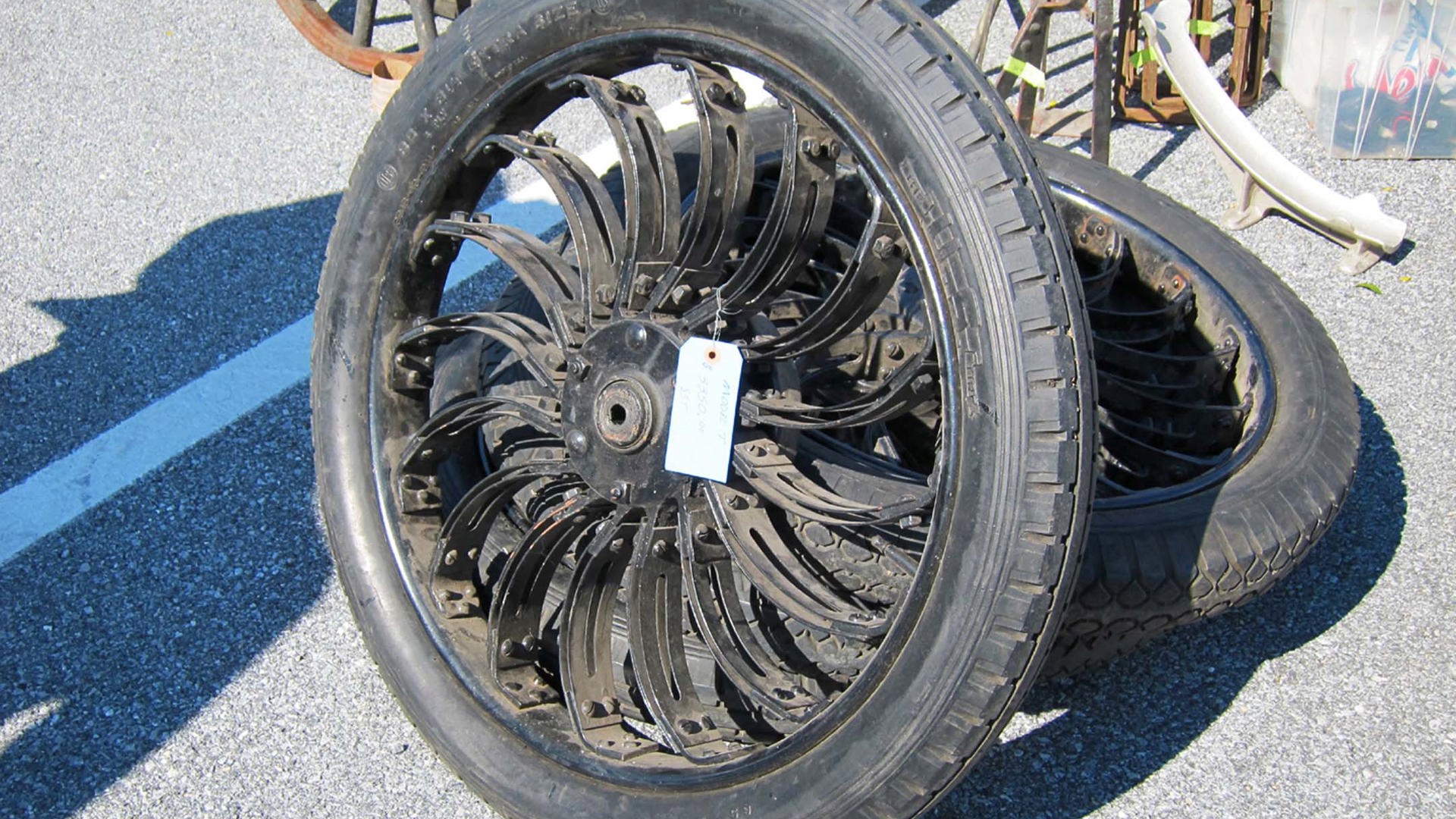When people see old cars, they’ll often say, “They don’t make ’em like that anymore!” And they certainly don’t, not if you look at some of the features from back in the day. When it comes to starting them, maintaining them, and driving them, it’s often a very good thing that they don’t make ’em like that anymore – and here are some examples of the crazier things you’ll find on old cars.
The Crank
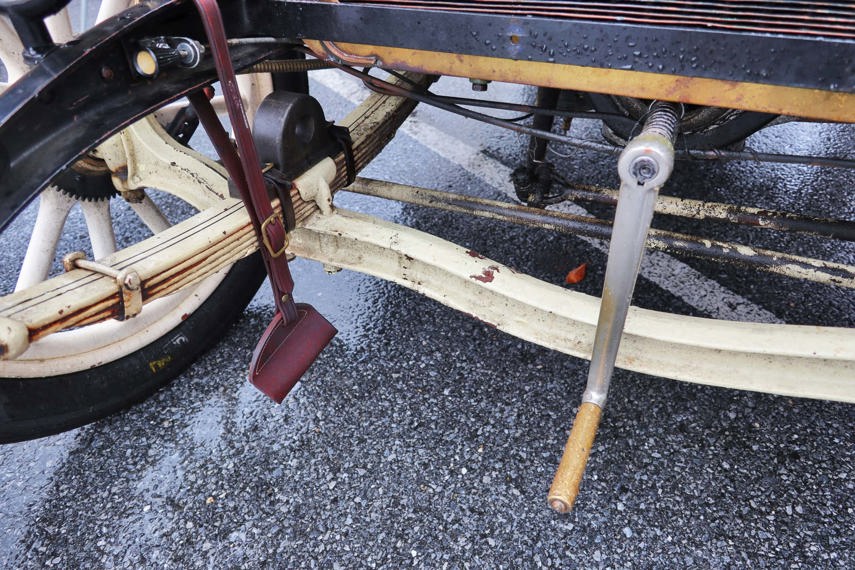
When you turn the key or push the start button on your vehicle, an electric motor spins the crankshaft, which moves the pistons and pulls in fuel to start the engine. But on early cars, the driver had to turn a crank at the front of the car to spin the crankshaft – and not only was it hard, but it could be dangerous, since an engine backfire could spin the crank and break an arm. Cadillac introduced an electric self-starter in 1912 and most automakers eliminated the crank soon after.
Steam Engines
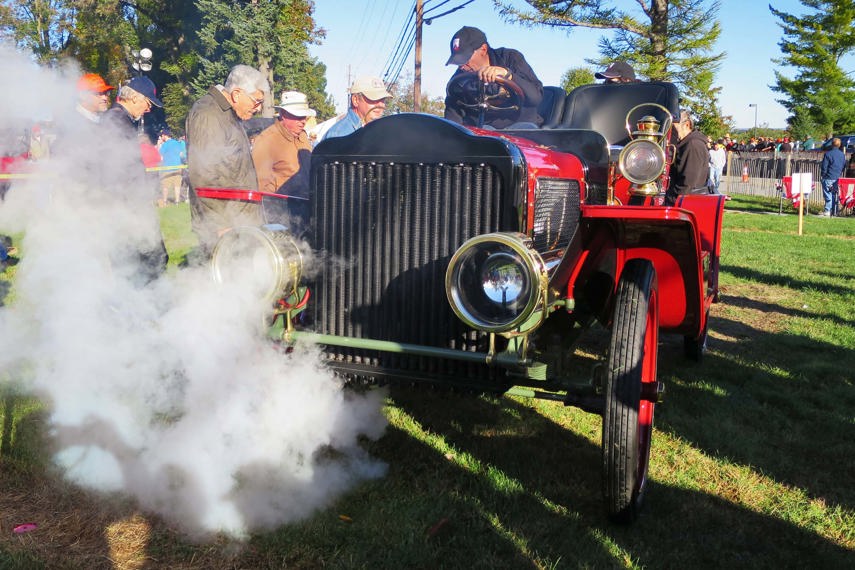
Gasoline wasn’t always a clear winner in the early days, thanks to that gotta-crank-’em issue. Electric cars were popular despite their limited range, while a few manufacturers went for steam, which was already proven in locomotives. Popular brands were Stanley, White, Doble, and the Ontario-built Brooks.
They were complicated to operate, and you had to wait for the water to boil before you could drive away. The 1912 introduction of the gasoline engine self-starter significantly reduced their popularity, although a couple of companies made a small number of them as late as 1931.
The Oil Bath Filter
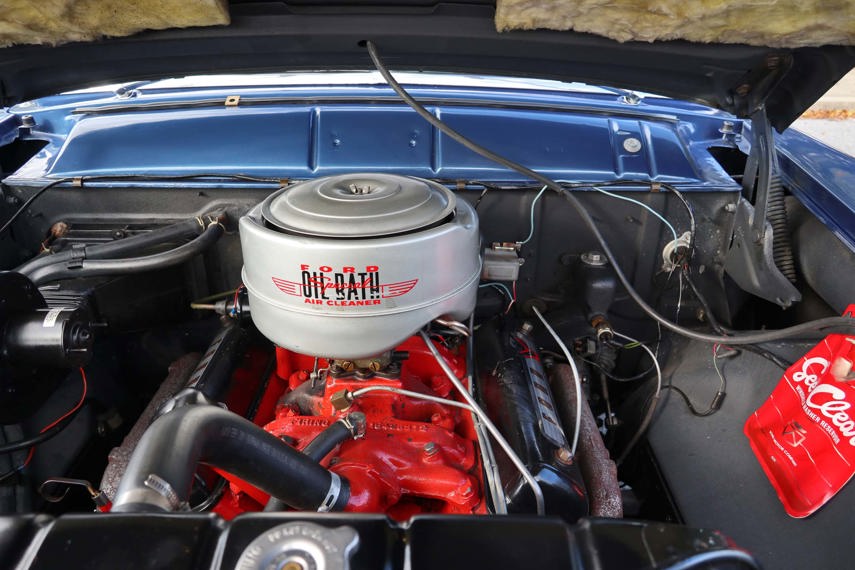
Engines take in a lot of air, which first goes through a filter – either disposable paper or a renewable medium today – to make sure it’s clean. But instead of a convenient paper filter, old cars drew their air through a reservoir filled with oil. On some, the air also passed through a preliminary filter chamber that might be stuffed with tangled copper wire, or even sheep’s wool or horse hair.
The oil bath had to be cleaned regularly, which involved removing the dirty-oil-filled container, washing it with solvent, and then refilling it with fresh oil – a job as messy as it sounds. It was usually done along with the oil change, which on most cars was required about every 1,600 kilometres.
Two-Wheel Brakes
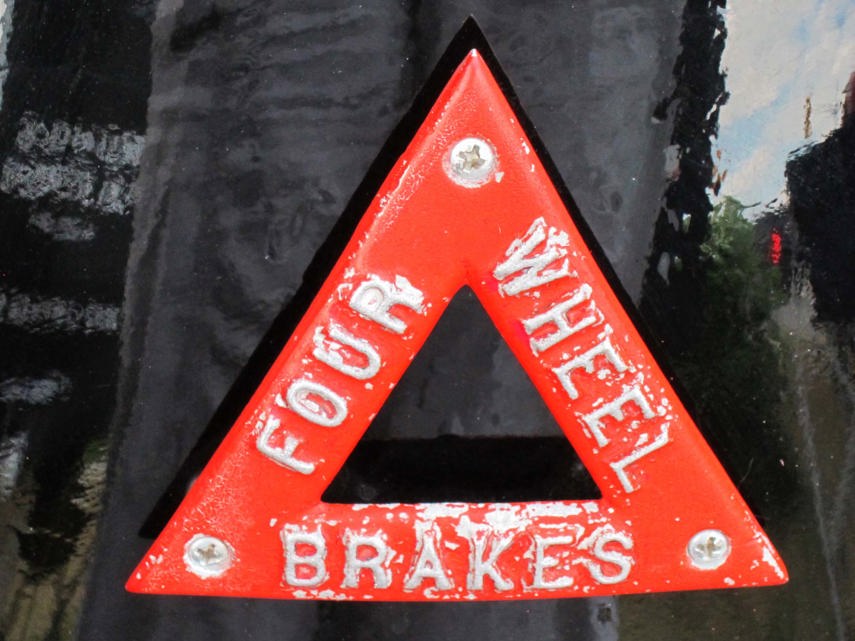
Some of the earliest “horseless carriages” didn’t have brakes at all; you put them into reverse to slow them down. Of course, they also didn’t go very fast, and as cars improved, so did brakes. They were initially mechanical rather than hydraulic, requiring a hard push on the pedal, and on early cars were usually only on the rear wheels.
When some manufacturers put them on both axles, drivers added signs warning motorists behind that they might stop faster than expected. Adding four-wheel brakes cost more; Studebaker, which initially didn’t want to spend the cash, instructed its salesmen in 1925 to convince buyers that two-wheel brakes were more than enough. But if the customer insisted, four-wheels could be added as an option.
Tiller Steering
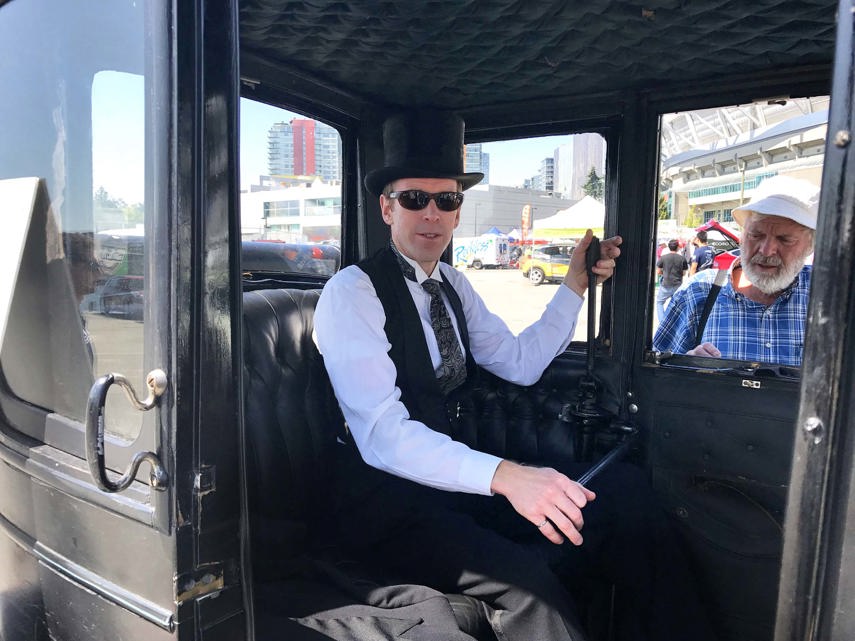
The earliest cars didn’t have steering wheels. Rather, they used a tiller, a handle that you pushed to the right or left to turn the wheels. Virtually all automakers were using steering wheels by 1904, but many of them were on the right-hand side until Henry Ford set the standard by putting the driver on the left side of his all-new Model T in 1908.
Open Chauffeur Compartments
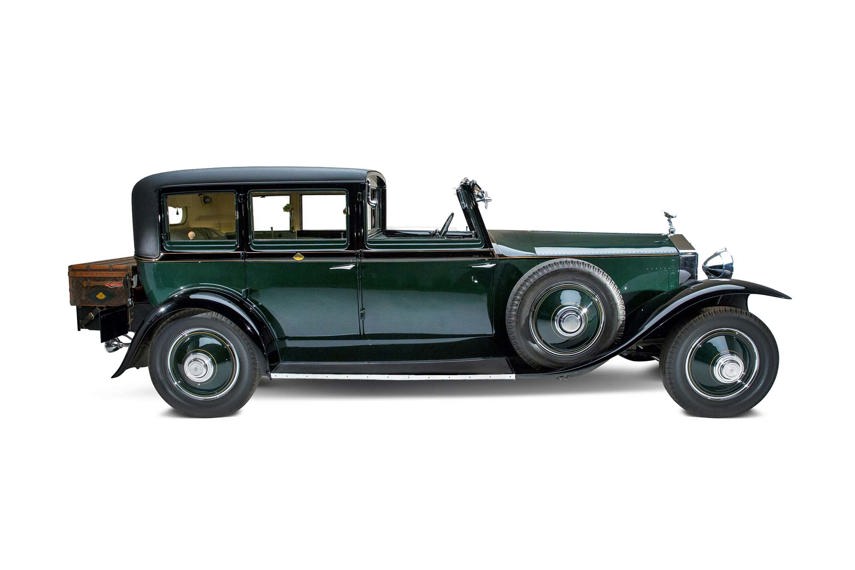
The servant who handled one’s horse-drawn closed carriage sat outside of it, so why should one’s motorcar chauffeur be any different? On many early limousines, the occupants were protected from the elements, but the driver had to put up with whatever the weather was throwing at him. If he was lucky the car might have a removable roof panel for rain or snow, but not all car owners cared enough about the driver to order the extra top for their vehicles.
Rumble Seats

Many coupes and two-seater convertibles traded their trunks for a rumble seat, a two-passenger chair that folded up out of the rear compartment. It was sometimes known as the “mother-in-law seat,” if there was a window in between so the driver couldn’t hear what the rumble-seat passenger was saying.
Foot Warmers
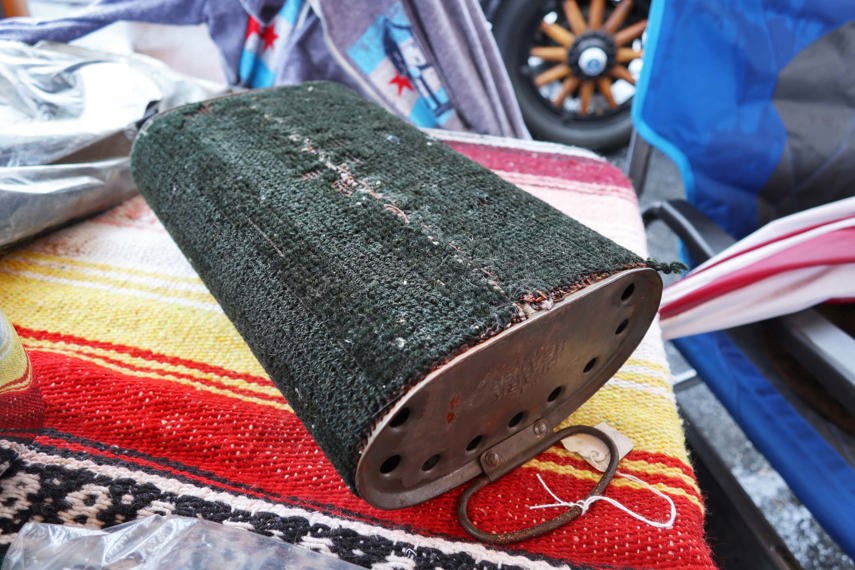
Before cars came with heaters, aftermarket companies sold foot warmers that you put on the floor for a little extra comfort. Depending on the type, you filled it either with boiling water or with hot coals. Even when automakers started adding heaters, the warmth seldom made it to the rear seat. Automakers put upholstered ropes on the backs of the front seats, for hanging a blanket ready for cooler days.
Tire Irons and White Tires
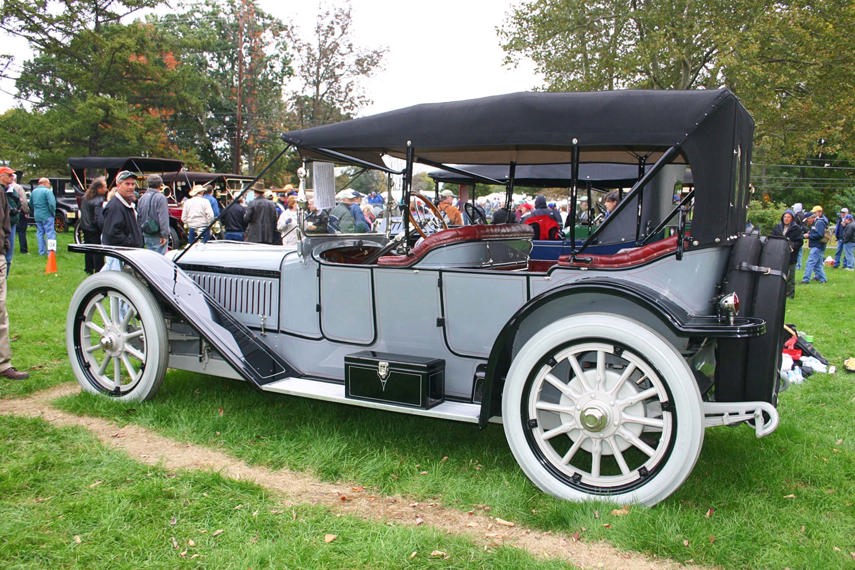
Today, tire irons are usually four-ended spinners, and they’re used for removing the wheel nuts when you have a flat tire. But on early cars the wheels were permanently attached to the hub, and the tire iron was a pry bar that you used to remove the tire itself.
Those early tires didn’t last long, and you could pretty much count on having to change at least one every 25 kilometres or so. And until tire companies started adding black carbon to strengthen the compound mixture, tires were white because that’s the colour of natural rubber.
Gas Headlamps
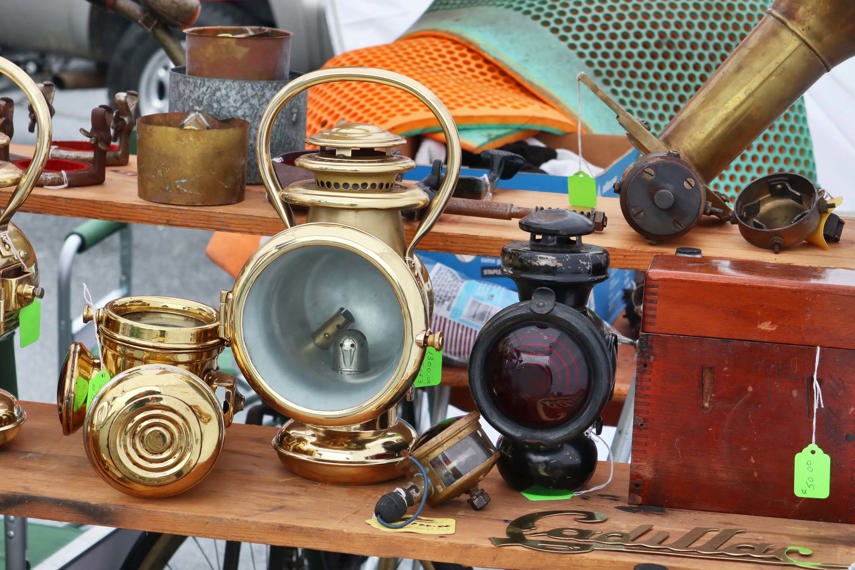
If you wanted lights on an early car, you paid extra for them. Initially they burned kerosene, but eventually most went to acetylene gas. Fancier systems used pressurized gas cylinders, but others had tanks containing carbide rocks. Turning on the system dripped water onto the rocks, which created the gas. Both types sent the gas to the lamps, where it burned inside them.
Weird Auto Accessories
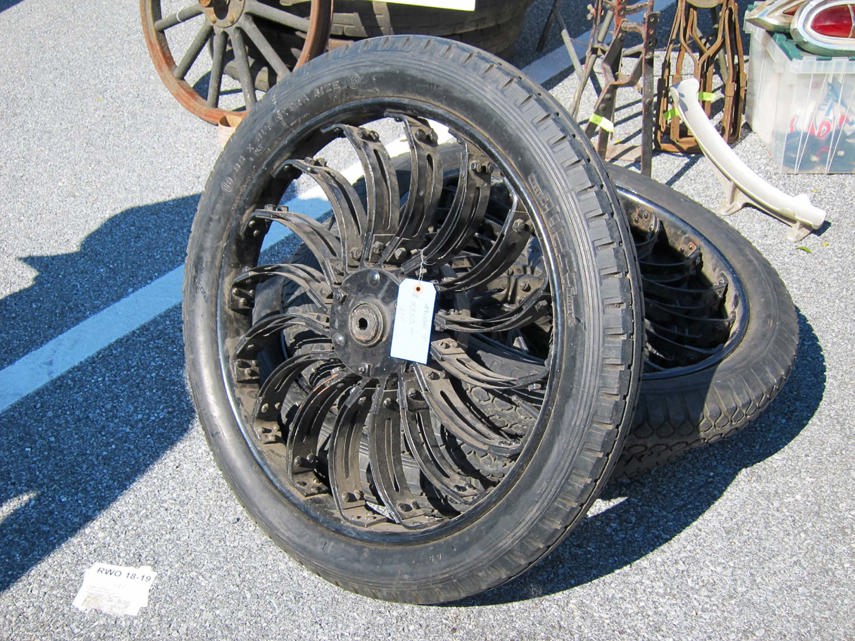
Okay, so you can still buy oddball stuff for your vehicle today, but the list from days gone by is fun: steering-wheel-mounted cigarette dispensers; stuffed animals for the rear window, with eyes that lit up with the brakes; “Port-o-Walls” that made a black tire look like a whitewall; and wheels with springs instead of spokes, supposedly for a more comfortable ride over what passed for roads in 1910. Aren’t you glad they don’t make ’em like that anymore?

